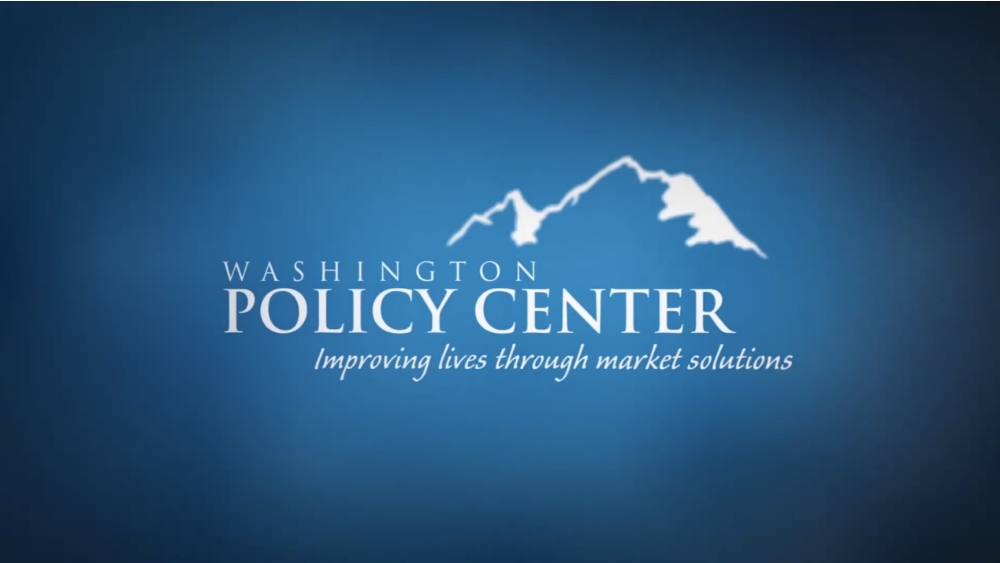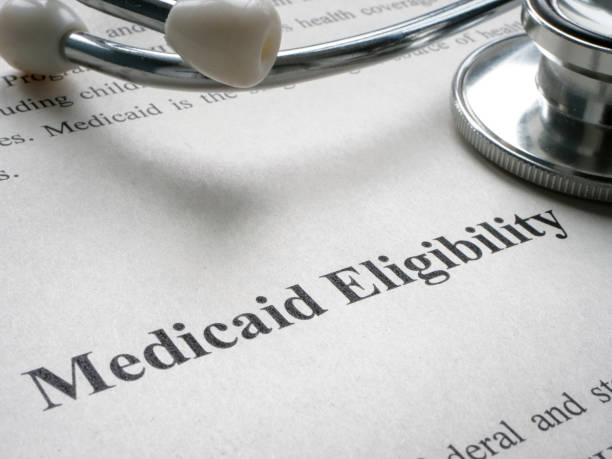Blaine, Washington is one of the busiest border crossings in the world. In the shadow of the Peace Arch, which commemorates the longest non-militarized international border in the world, thousands of Americans enter Canada every day. Among the throngs of business travelers and tourists, however, a small but growing number of shoppers represent a quiet invasion that Canadians might not find so friendly; bargain-hunting Americans seeking the low-priced, subsidized prescription drugs available under Canada's socialized health system.
Here's how it works. The Canadian government fixes the price of the drugs it buys for its publicly-funded medical system. That means any drugs that do not make the government formulary list are virtually unavailable in the country. Those that do have a lower sales price than available elsewhere. Not surprisingly, some Americans would like in on the deal, to take advantage of prices that have been negotiated for Canadian patients. A trip though Blaine is all it takes.
Americans like to think we have a friendly, or at least cordial, relationship with our neighbor to the North. But Canadians may not feel so friendly about Americans who are buying up subsidized prescription drugs and exporting them to the United States, especially when they consider there are more Americans over 60 than there are Canadians of any age.
The reason is that the Canadian health care system, after decades of centralized control, is having trouble caring for its own citizens. The average time Canadians must wait between getting a referral from their doctor and receiving hospital treatment is now 16.5 weeks, according to the Vancouver, B.C.-based Fraser Institute. The arrival of thousands of Americans seeking to use the country's drug benefit only adds to the pressure on the system.
Of course hard-pressed Americans may not care what Canadians think. Why not get cheaper drugs, courtesy of the Canadian taxpayer, while supplies last? Some in the U.S. might even think of it as fair payback. After all, American taxpayers largely paid for the defense of both countries during the Cold War.
Buying drugs in a foreign country, though, even familiar Canada, has its risks. Americans depend on the Food and Drug Administration to ensure the safety of the nation's medicine supply, and the agency simply can't do that in another country.
The FDA is advising patients that they are taking chances when purchasing prescription drugs outside the U.S. FDA officials say that Americans who buy in other countries should know that the drugs are not FDA approved and their safety can't be assured. The agency is urging groups that help their members buy drugs in Canada to include warnings about the risks of unregulated importation.
Those risks are real. Years ago, thalidomide was banned in the U.S., but was widely available in other countries until its propensity to cause severe birth defects was tragically demonstrated beyond doubt. In 1999, an 18-month old girl died when she was given an injection of an anti-fever drug that had been illegally imported into this country. Last spring prosecutors in New York confiscated 25,000 fake Viagra pills, each one falsely stamped with Pfizer's logo. Some had small amounts of the anti-impotence medicine's active ingredient and some had none. Considering they were ingesting a substance from a questionable source, users should have been relieved when the compound produced no reaction at all.
Prescription drug fraud is a serious world-wide problem. The World Health Organization estimates that some 10% of branded medicines are counterfeit. Canada may seem a safer source for illegally-imported drugs than Mexico or Asia, but not all north-of-the-border outlets are reputable. In May, charges were filed against a Toronto company called The Canadian Drug Store, Inc. for operating an unaccredited pharmacy and filling prescriptions without the supervision of properly-licensed pharmacists.
Yet even tough Canadian law enforcement is designed to protect Canadians, not Americans. Drugs manufactured by Canadian companies for export only are not regulated by health authorities. Drugs sold in Canada may actually come from an unknown third country, and may only be shipped to Canada so they can be sold to Americans, thereby bypassing U.S. health standards. Copycat drugs may even carry labels similar to those of U.S. prescription drugs, but may be far less effective than the brand-name products they imitate. And U.S. citizens may have no recourse to Canadian courts if they become victims of a counterfeit drug scam. Americans are among the sharpest shoppers in the world, but to shop smart we need accurate information about what we are being asked to buy.
The solution to high prescription drug costs will not be found in another country. The long-term answer lies in open competition, reasonable regulation and market-based pricing. That is the surest and fairest way to provide all Americans with safe, effective and affordable prescription drugs.




